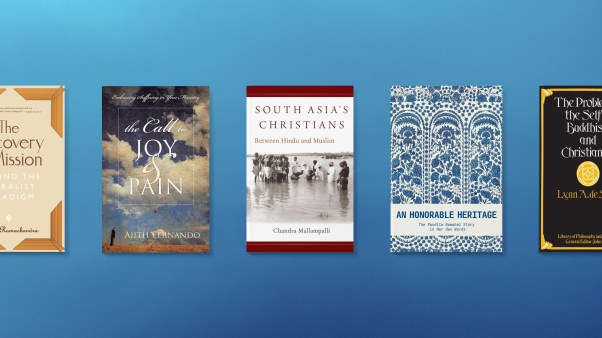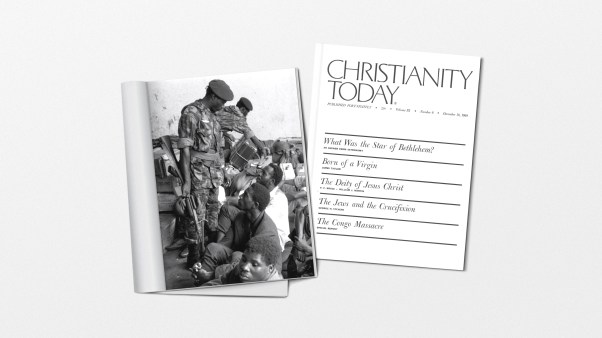Every new translation of the Bible is another attempt at a crucial but impossible task: to render fully in one language what God has originally inspired in another. The task is crucial because people of faith believe God has spoken to the world. It is impossible because there is no perfect equivalence—literal or otherwise—between one language, time, culture and another.
Any translation of the Bible will be greatly shaped by the theory of translation that underlies it. Different theories will answer the following crucial question in different ways. Do we nudge the text toward the reader, removing as many obstacles to understanding and enjoyment as possible, or do we require the reader to move toward the text, learning whatever special vocabulary, concepts, and cultural knowledge the text requires? Go too far in one direction and you risk diluting the force and particularity of Scripture; go too far in the other and you risk needless obfuscation and stiltedness. Formal and dynamic approaches are equally capable of being faithful or unfaithful to the original text.
Each of the three recent versions of the Bible here under review answers the question differently. They represent three distinct points on the continuum between word-for-word literalism (found in interlinears but in no translations) and new formulations based loosely on biblical texts (as one might find in an adaption or dramatization). The English Standard Version (ESV) tends toward the formal or literal end of the continuum, being in the long line of Bible revisions that include the King James Version and taking as its base text the Revised Standard Version of 1971. Today’s New International Version (TNIV) revises the best-selling NIV, moving it from a position approximately in the middle of the continuum toward the more dynamic end. The Message, now available for the complete Bible in one volume for the first time, retains its position as a paraphrase aimed at the widest possible audience. And because the nature of paraphrastic translation is so widely misunderstood, this special section concludes with an essay in celebration of paraphrase.
It seems unlikely there will ever again be a single standard Bible used by the great majority of English-speaking Christians. That is both a pity and an opportunity. While the church loses in unity, it also gains in diversity. Most people who are serious about the Bible will want to read more than one translation, gaining from one what may be lacking in another. These three versions are a rewarding place to begin.
Just as these versions differ, so does the background of the reviewers. One is an academic, one a pastor, and one an informed layperson. Each represents a vital audience within the church. Needless to say, their views of the translations are their own.
Daniel Taylor, professor of English at Bethel College, was consulting editor for this special section. For the past ten years he has served as a stylist for the New Living Translation, working closely with Old Testament and New Testament scholars.
Copyright © 2002 by the author or Christianity Today/Books & Culture magazine. Click here for reprint information on Books & Culture.








